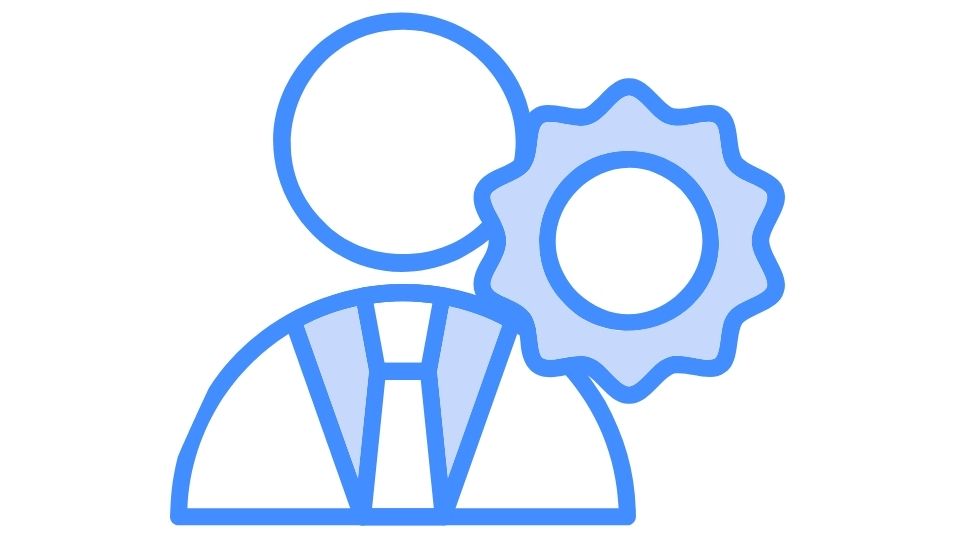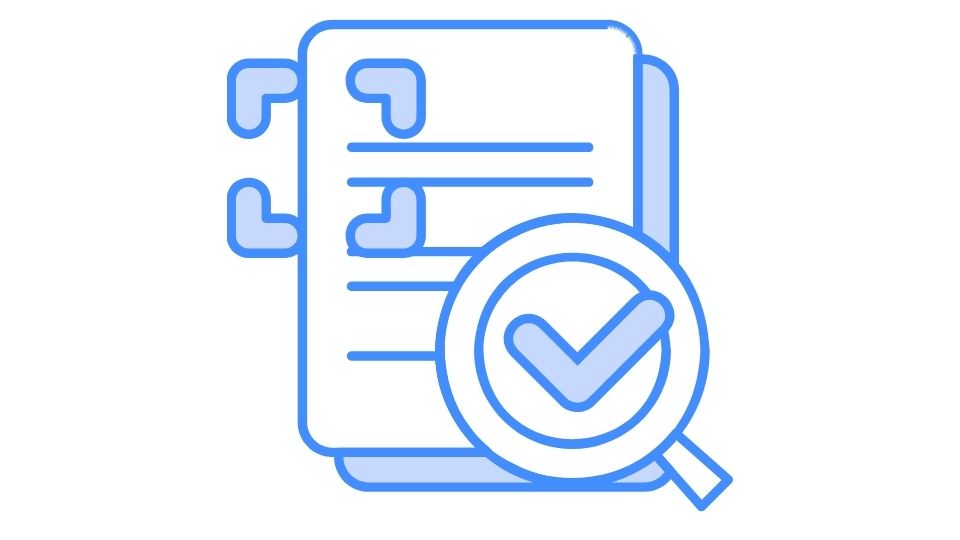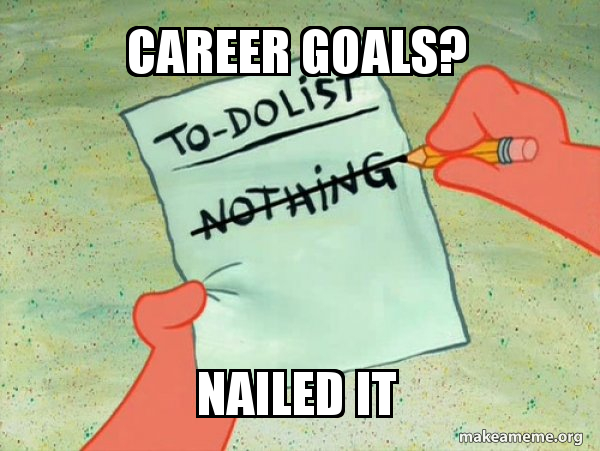How to Set Career Goals You’ll Actually Stick To

Ever feel like your career is drifting? Like you’re climbing a ladder that’s leaning against the wrong wall? You’re not alone.
Most of us want a fulfilling career that aligns with our values and makes us excited to get out of bed in the morning. But without clear goals, we end up taking whatever opportunities come our way, rather than intentionally creating the career we want.
The good news? Setting achievable career goals isn’t rocket science. It just takes some structured thinking and honest self-reflection.
Let me walk you through how to set career goals that actually make sense for you – and that you’ll actually achieve.
How to Set Career Goals That Don’t Suck
Know Yourself First (Like, Really Know Yourself)

Before you start plotting your path to CEO, you need to figure out if you even want to be one.
The foundation of meaningful career goals is deep self-knowledge. Without it, you might chase achievements that look good on paper but leave you feeling empty inside.
Ask yourself:
- What work makes me lose track of time?
- When do I feel most energized and engaged?
- What skills do people always compliment me on?
- What values are non-negotiable for me?
This isn’t fluffy stuff – it’s the bedrock of career satisfaction. Research shows that people who align their career goals with personal values report higher job satisfaction and stay motivated longer.
For example, if you value creativity and independence, but set goals that lead to a highly structured corporate role with little creative freedom – you’re setting yourself up for misery.
Think of Your Goals in Categories
Don’t just focus on the obvious “get promoted” type goals. Break your career aspirations into different buckets:
- Career advancement (promotions, titles, responsibilities)
- Skill development (technical, soft skills, certifications)
- Wellbeing goals (work-life balance, stress management)
- Learning goals (education, mentorship)
- Network building (relationships, visibility)
This approach ensures you’re developing as a whole professional, not just chasing the next rung on the ladder.
Use the Right Goal-Setting Frameworks

The SMART Method (Old But Gold)
You’ve probably heard of this one, but it’s popular for a reason. SMART goals are:
- Specific – “Improve my leadership skills” → “Lead a cross-functional project team of 5+ people”
- Measurable – “Get better at coding” → “Build and launch a functioning web app”
- Achievable – Be ambitious but realistic given your current situation
- Relevant – Does this goal actually matter for your broader career vision?
- Time-bound – “By Q3 2025” not “someday”
For example, instead of “get promoted,” try: “Complete the leadership training program and lead two successful client projects by December to position myself for a senior manager role in Q1 next year.”
See the difference?
The CLEAR Method (For When Things Get Messy)
In today’s fast-changing work environment, sometimes SMART isn’t enough. The CLEAR framework works better for dynamic situations:
- Collaborative – Involves working with others
- Limited – Constrained in scope and time
- Emotional – Creates an emotional connection
- Appreciable – Can be broken into smaller steps
- Refinable – Flexible as circumstances change
This approach recognizes that career paths today are rarely linear, and flexibility is key.
Create an Action Plan That Actually Works

Having a goal without an action plan is just a daydream. Break your goals into:
- Specific milestones – What markers will show progress?
- Required resources – Skills, time, money, connections needed
- Potential obstacles – What might get in your way?
- Solutions to obstacles – How will you overcome them?
For example, if your goal is to transition into a product management role within a year:
- Milestone 1: Complete a product management certification (3 months)
- Milestone 2: Shadow current product managers at your company (months 4-6)
- Milestone 3: Lead a small product initiative (months 7-9)
- Milestone 4: Apply for internal PM roles or external positions (months 10-12)
Each milestone should have its own mini action plan. This turns your big career goal from overwhelming to doable.
Track Progress and Get Feedback (No, Really Do It)
Most people set goals and then forget about them. Don’t be that person.
Schedule regular check-ins with yourself (monthly or quarterly) to assess your progress. Studies show that this accountability dramatically increases your chances of success.
Even better, find someone else to hold you accountable – a mentor, colleague, or friend. Tell them your goals and ask them to check in on your progress.
And don’t just track what you’ve done – also reflect on what you’ve learned along the way. The insights might lead you to refine your goals, which is perfectly fine.
Remember: It’s Hat, Haircut, or Tattoo
Not all career decisions are equal. Some are low-stakes experiments (hats), some are medium-commitment choices (haircuts), and some are major life decisions (tattoos).
Most career goals should start as hats – try them on, see how they feel, and take them off if they don’t fit. As you gain clarity, some goals might become haircuts or even tattoos.
For example:
- Hat: Volunteering for a new type of project to see if you enjoy it
- Haircut: Taking a 6-month course to build new skills
- Tattoo: Relocating to a new country for a career opportunity
Understanding the commitment level of each goal helps you approach it with the right mindset and due diligence.
Real Examples of Good Career Goals
Still stuck? Here are some concrete examples to spark ideas:
- “Develop and deliver three presentations to groups of 20+ people by June to overcome my public speaking anxiety”
- “Build relationships with five senior leaders outside my department by scheduling coffee chats this quarter”
- “Reduce my average work week to 45 hours while maintaining current productivity by implementing new time management techniques”
- “Complete Google’s Project Management certification within 3 months to qualify for project lead roles”
Notice how specific and actionable these are? That’s what you’re aiming for.
The SWOT Approach: Be Honest With Yourself

Before finalizing your career goals, do a quick SWOT analysis:
- Strengths: What advantages do you have?
- Weaknesses: What might hold you back?
- Opportunities: What favorable circumstances exist?
- Threats: What could derail your plans?
This reality check helps ensure your goals are ambitious yet attainable given your current situation.
Making It Happen
Setting career goals isn’t a one-time exercise. It’s an ongoing process that evolves as you grow and as the world changes around you.
The most important thing? Just start. Set your first goal today, break it down into steps, and take action.
Remember that career goals aren’t just about climbing higher – they’re about creating a professional life that’s meaningful to you. Sometimes that means a lateral move, a step back to try something new, or defining success on your own terms.
Your career is a marathon, not a sprint. With thoughtful goals and consistent effort, you’ll create a path that’s uniquely yours and deeply satisfying.
Now get out there and make it happen!

